In the context of agricultural production being affected by natural disasters and price fluctuations, the Provincial Agricultural Extension Center has made efforts to overcome difficulties and effectively implemented models in the fields of cultivation, livestock, aquaculture, forestry and livelihoods. The models are all associated with the application of technical advances, mechanization, digital transformation and towards organic and high-tech agriculture.
In the field of cultivation, the center continues to focus on organic production models, converting ineffective land to grow high-value crops. Typically, the organic rice production model in Ben Hai and Gio Linh communes has been implemented in both winter-spring and summer-autumn crops, bringing about clear results. Farmers not only reduce the cost of agricultural materials but also improve the soil, increase fertility and ecological balance. In particular, the connection between cooperatives, farmers and businesses has helped ensure stable output, opening up development directions for the brand " Quang Tri Organic Rice".
Director of Gio Linh Organic Agricultural Cooperative Nguyen Giang said: Although this crop encountered many disadvantages due to weather and pests, the productivity of the model still reached 7 tons/ha, 8 tons/ha higher than the mass field. In particular, the average profit reached about 20.6 million VND/ha, twice as high as conventional farming. The difference of the model is the product consumption linkage. The entire organic rice output is purchased by the cooperative at a price 20%-30% higher than the market price, thanks to which, farmers can confidently invest, apply new techniques and not worry about being forced to lower prices after harvest.
 |
| The model of raising ducks on the floor brings high economic efficiency - Photo: T.Hoa |
Along with rice, other organic models such as growing grapes, bamboo shoots, Taiwanese custard apples and safe vegetables have also been implemented synchronously. Some products such as grapes and bamboo shoots have been certified organic, contributing to the diversification of clean, environmentally friendly agricultural products. In addition, converting hilly and inefficient land to grow valuable crops such as lotus, coconut, red-fleshed jackfruit, medicinal plants (5-veined Melaleuca, black tea), pepper, and pink bananas also brings clear economic efficiency. These models not only increase people's income but also help to rationally use land resources and adapt to climate change.
In the field of livestock farming, the center has deployed 8 livestock models applying high technology, biosafety and linked with product consumption. The models of raising H'Mong chickens, ducks and high-tech pigs have all given positive results. The survival rate is from 95% -100%, the products are jointly purchased by businesses at stable prices. Notably, the model of raising pigs in a closed, automated direction helps to control the barn environment well, reduce the risk of disease and provide clean, high-quality meat products. Along with that, the program of improving the herd of cattle by artificial insemination achieved more than 92% of the plan, helping to improve the stature and economic value of the crossbred cattle herd in the area.
In the field of aquaculture, the center has implemented 7 models, including models such as: Raising white-leg shrimp, giant freshwater prawn, catfish, crucian carp, grouper... with high economic efficiency, limiting diseases, adapting well to climate change. Some models with outstanding productivity include: 2-stage intensive white-leg shrimp reaching 30 tons/ha; crucian carp 14 tons/ha; catfish 8 tons/ha; pearl grouper 4 tons/ha. Many localities highly appreciated and proposed to replicate in the coming time.
In addition to large-scale production models, the Provincial Agricultural Extension Center also focuses on livelihood support programs for disadvantaged areas. The models of growing green-skinned grapefruit, red-fleshed jackfruit, black-bone medicinal plants and raising hybrid chickens in Truong Son and Kim Ngan communes have brought positive results. The survival rate reached 99%, the crops grew well, contributing to helping ethnic minorities change their production habits, gradually moving to more controlled, safe and effective farming and raising animals.
Director of the Provincial Agricultural Extension Center Tran Thanh Hai said: In the coming time, the center will continue to aim to develop green, organic, high-tech agriculture, adapt to climate change and associated with digital transformation. Agricultural extension activities will focus on building models for converting advantageous crops and livestock; supporting organic production (rice, ginger, pepper, grapes, etc.); expanding biosafety livestock farming, circular economy; developing high-tech aquaculture, fish cages on rivers and reservoirs; supporting livelihoods in difficult areas; strengthening propaganda, training, technology transfer, and applying digital technology in production.
Thanh Hoa
Source: https://baoquangtri.vn/kinh-te/202511/khang-dinh-vai-tro-khuyen-nong-trong-phat-trien-nong-nghiep-e442eed/




![[Photo] Deep sea sand deposits, ancient wooden ship An Bang faces the risk of being buried again](https://vphoto.vietnam.vn/thumb/1200x675/vietnam/resource/IMAGE/2025/11/13/1763033175715_ndo_br_thuyen-1-jpg.webp)

![[Photo] Special class in Tra Linh](https://vphoto.vietnam.vn/thumb/1200x675/vietnam/resource/IMAGE/2025/11/14/1763078485441_ndo_br_lop-hoc-7-jpg.webp)





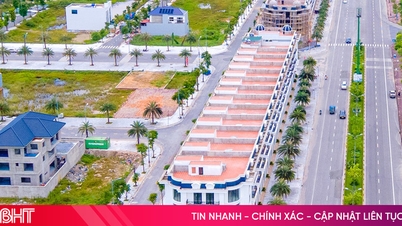

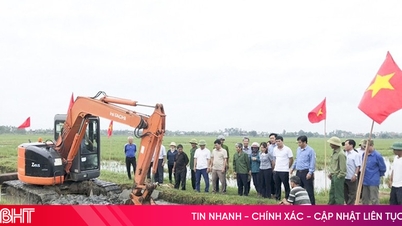
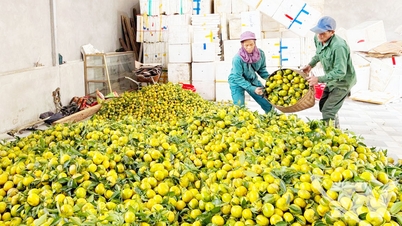
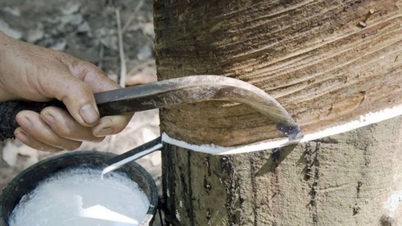






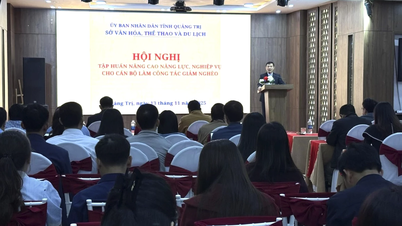
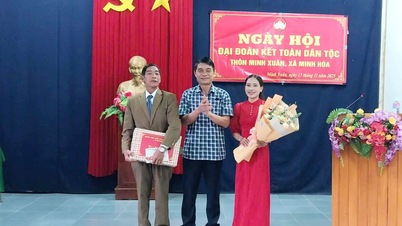


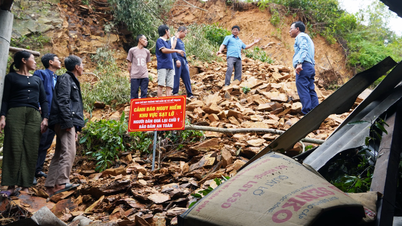




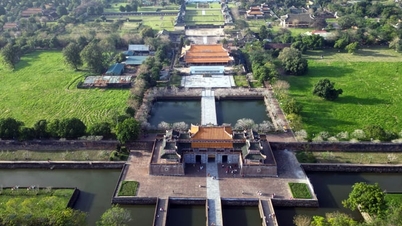









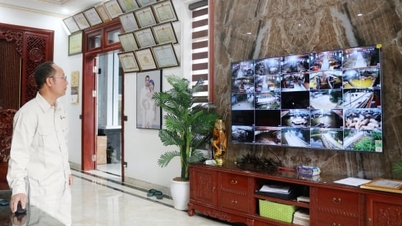







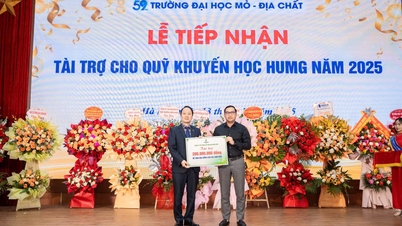













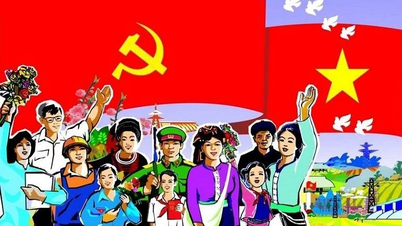




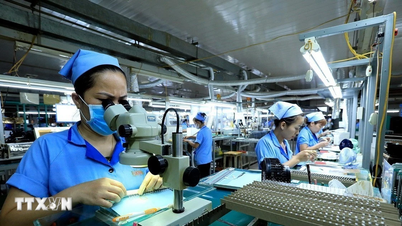

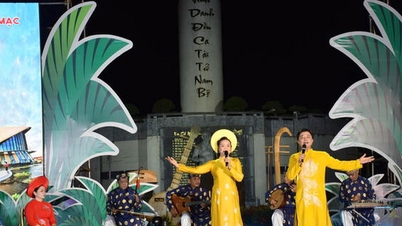






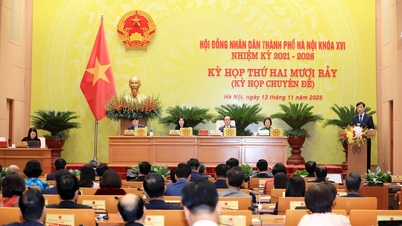


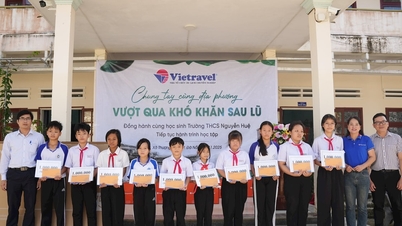



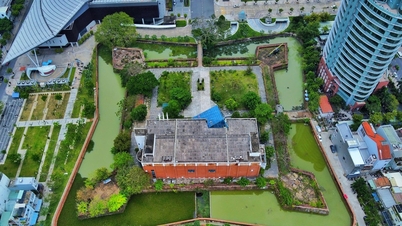







![Dong Nai OCOP transition: [Article 3] Linking tourism with OCOP product consumption](https://vphoto.vietnam.vn/thumb/402x226/vietnam/resource/IMAGE/2025/11/10/1762739199309_1324-2740-7_n-162543_981.jpeg)






Comment (0)